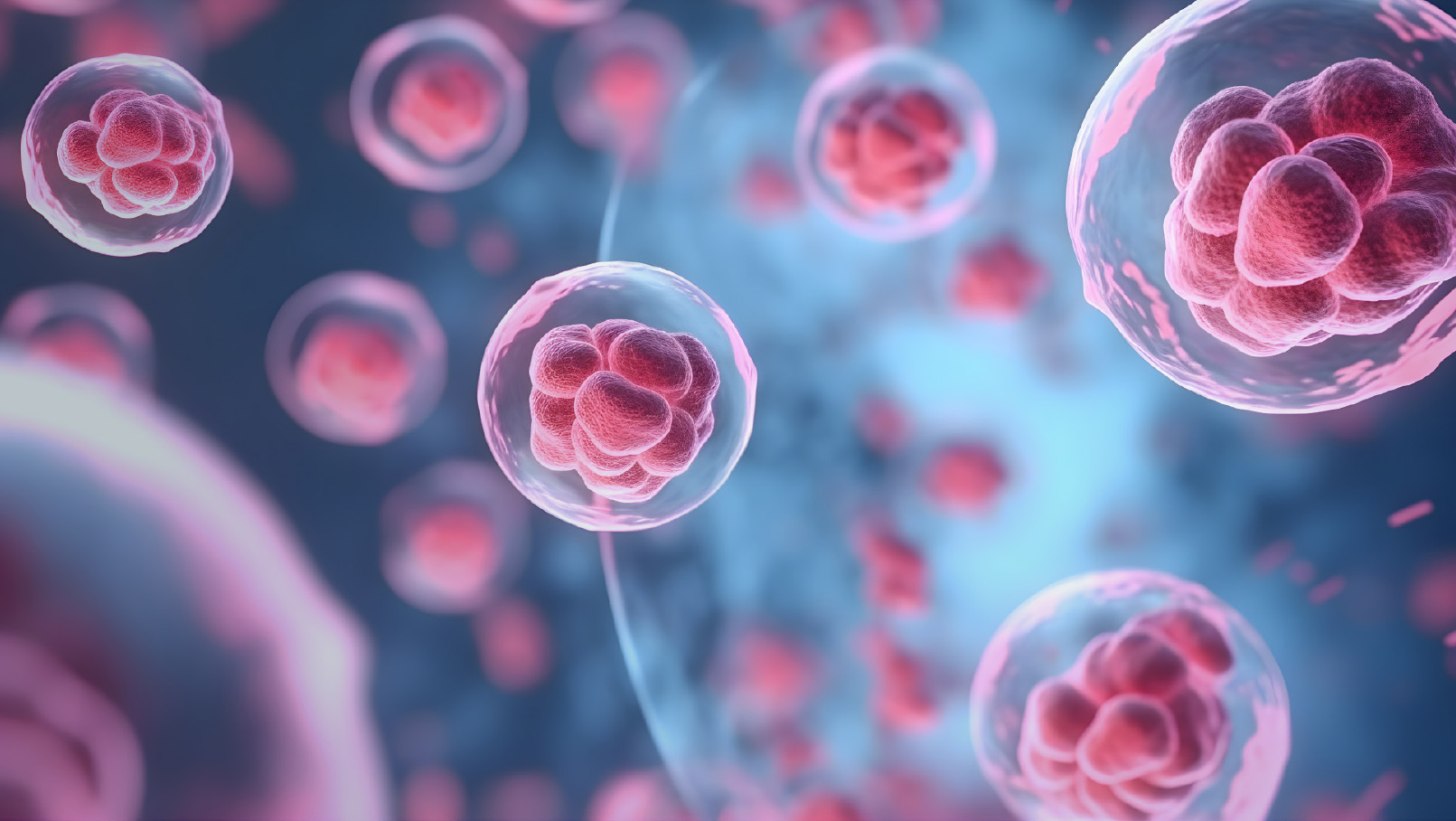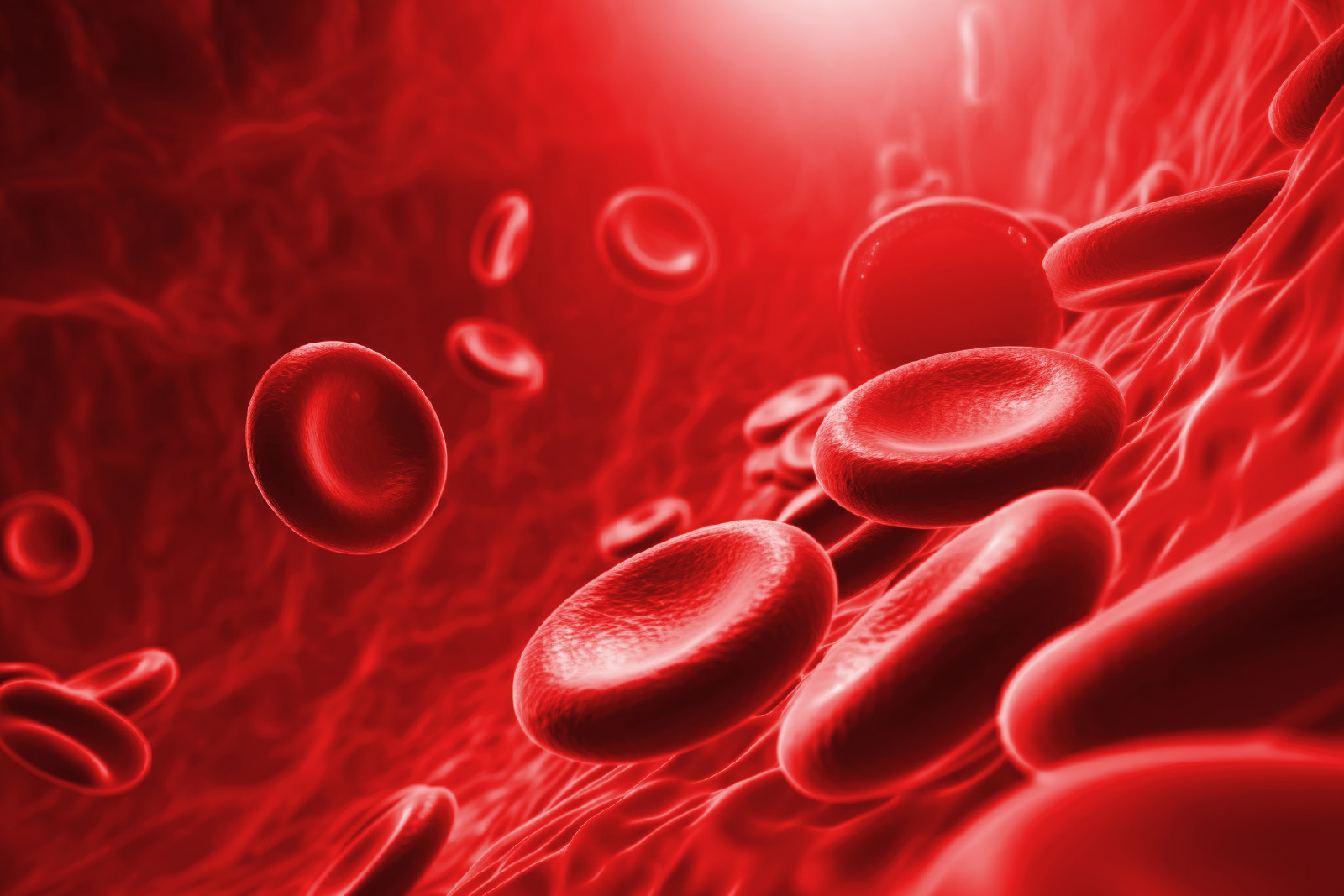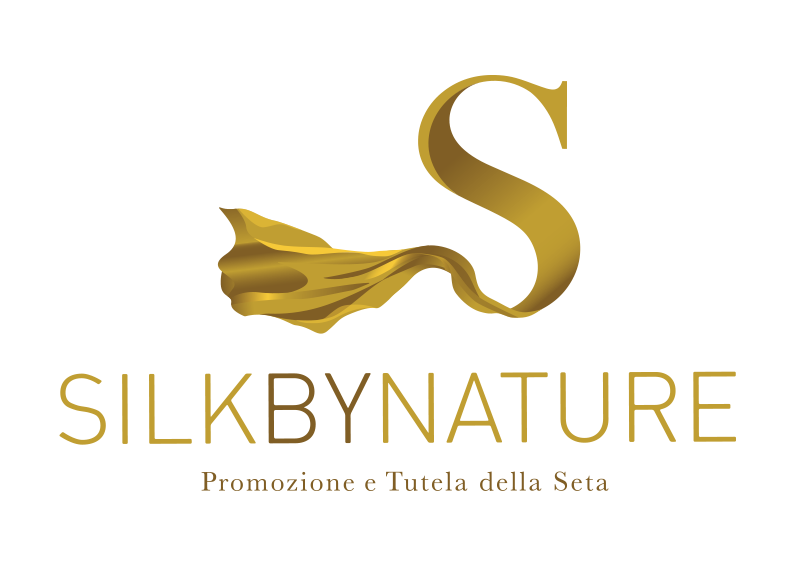
29 Apr Silk & a new bone marrow model
Silk has some extraordinary natural qualities: it’s soft and light, and absorbs moisture. Plus, a single thread of silk is as strong as a thread of steel of the same thickness.
These qualities mean that silk is now also being used with increasing success in the fields of energy, optics and, notably, medicine, for reconstructing damaged human tissue.
Silk & biocompatibility
One of the main advantages of silk is its biocompatibility. It’s a natural fibre that’s well tolerated by the human body, which minimises the risk of adverse immune reactions. Silk is also biodegradable, making it ideal for temporary applications such as implants and scaffolds for tissue regeneration.
Silk consists mainly of fibroin, a protein with excellent mechanical properties and an easily modifiable structure. This versatility allows researchers to engineer silk to achieve the porosity and strength needed to support the growth and differentiation of haematopoietic stem cells – those that can develop into all blood cell types.

Silk & bone marrow models
Bone marrow is a complex tissue that contains haematopoietic stem cells, responsible for making all types of blood cells. Recreating a functional bone marrow environment in the lab is a major challenge. But thanks to the extraordinary properties of silk, researchers at Harvard University and the University of Pavia, in collaboration with Tufts University in Boston, have created a 3D bone marrow model made entirely of silk, faithfully replicating the natural environment of these cells.
One of the main challenges in haematology research is ex vivo platelet generation, needed to study related diseases and for transfusions for those in need. The model allows researchers to study platelet production mechanisms in physiological and pathological conditions, identifying new treatment targets. By examining various platelet production conditions, different mechanisms of cell synthesis can be compared to identify possible strategies for preventing or treating blood diseases.
Silk was chosen for creating the 3D bone marrow model precisely because, as mentioned above, it’s a mechanically strong fibrous protein. Known mainly for its use as a suture thread, silk has shown significant potential in other biomedical fields. Currently, it is being studied for ligament regeneration, membrane formation and as a wound dressing.
Future applications
Using silk to develop bone marrow models could revolutionise medical research and clinical trials. The models can be used to test new drugs, study haematological diseases and develop personalised treatments. They could also contribute to creating engineered bone marrow implants for transplants, offering a solution to the shortage of compatible donors.




Sorry, the comment form is closed at this time.